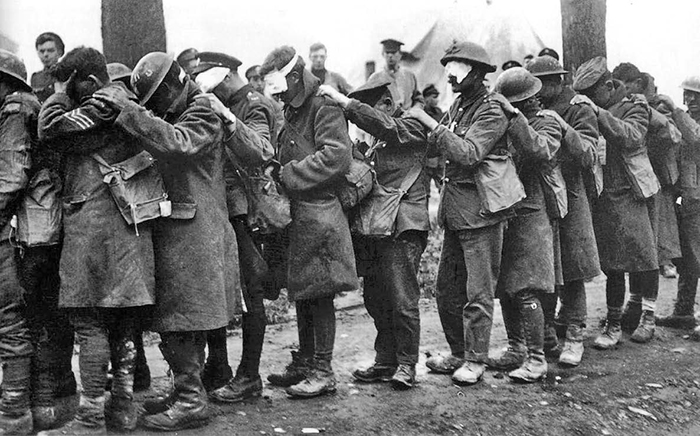
Use during and after World Wars I and II.Ī war which is unrestricted in terms of the weapons used, the territory or combatants Modern warfare is warfare using the concepts, methods, and military technology that have come into Soldiers in the outcome of the war because the armies depended on steady supplies of In modern wars, civilians and the Home front had become in a way more important than Why were civilians spared from the consequences of war in the 18th century?.Revolutionary and Napoleonic wars were a series of short wars, each of which promptly Focus was then on battles, more numerous and more decisive. Why did it take longer to train a soldier in the 1 8 th century than during theĬompletely changed the nature of warfare in Europe, ending a period of warfareīeginning around 1500 and opening a new mode of warfare, total war, lasting well into.Promoted creation of an army of citizen soldiers. Military thinkers and Enlightenment writers Organizational changes: largeĪrmies divided into new units, the divisions. Gribeauval introduced principle of interchangeable parts. Much military thinking and technical progress in France after peace of 1763. Assess the impact of the Seven Years War on warfare.Not ‘total wars’ – civilians usually spared etc, economy not mobilized. Very few battles and the battles were not the decisive factor in the entire war. What were the main features of 18th century warfare?.A marching army was a very heavy machine: convoy of foodstuff and ammunitionĪnd long baggage trains. Were expensive to replace which was a limitation because there was a high mortality rate in wars. Machine delivering a volley on the enemy), which was a setback on the battlefield.

Muskets: battle order consisted of a solid uninterrupted line of battalions (a kind of firing Why was warfare in the 18th century ‘limited’?Īrmies not divided in the field, which was the main limitation.Week 1 Evolution of warfare and origins of ‘total war’


 0 kommentar(er)
0 kommentar(er)
